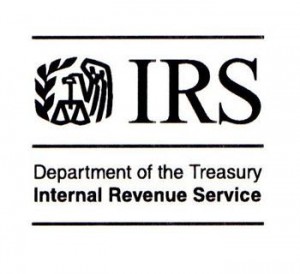A new article, Section 403(b) Plan Design and Compliance, discusses the rules that apply when eligible tax-exempt organizations establish tax-sheltered annuities, custodial accounts, or retirement income accounts, as described in Section 403(b) of the Internal Revenue Code (403(b) plans).
This article addresses the following topics:
- 403(b) Plan Overview
- Eligible Employers and Employee>
- ERISA Coverage of 403(b) Plans
- Qualification Requirements
- 403(b) Plan Contributions
- 403(b) Plan Distributions
- Implementation and Operation
- Correcting 403(b) Plan Errors
- Terminating 403(b) Plans
- EP Subcommittee Report: 403(b) Plan Issues and Recommendations
- Advantages and Disadvantages of 403(b) Plans

 The Tax Cuts and Jobs Act of 2017 made a number of changes affecting the compensation and benefits that governmental, church, and other tax-exempt organizations can provide to their employees. Given the short time between introduction and passage of the Act, it is not surprising that many of the new provisions are unclear in their application. Moreover, some of them may produce unintended consequences for these organizations.
The Tax Cuts and Jobs Act of 2017 made a number of changes affecting the compensation and benefits that governmental, church, and other tax-exempt organizations can provide to their employees. Given the short time between introduction and passage of the Act, it is not surprising that many of the new provisions are unclear in their application. Moreover, some of them may produce unintended consequences for these organizations. The IRS has now issued a series of forms to enable federal, state, and local governments to assess their compliance with federal tax statutes, and has set forth some common errors found in examining such employers. Several of the forms relate to employee benefits issues, and may be of assistance to governments trying to ensure that they comply with all legal requirements.
The IRS has now issued a series of forms to enable federal, state, and local governments to assess their compliance with federal tax statutes, and has set forth some common errors found in examining such employers. Several of the forms relate to employee benefits issues, and may be of assistance to governments trying to ensure that they comply with all legal requirements.